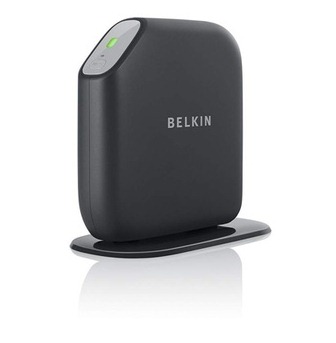



The router then hands it an IP address that has not already been handed out to another computer. Every time a computer reboots it asks the router for an IP address. When IP addresses are assigned dynamically, the router is the one that assigns them. The end user can simply plug their computer in, and their network will work. They do this because dynamic ip address networks require no configuration. For more information on IP addresses, subnets, and gateways go hereĭynamic vs Static IPs Most routers assign dynamic IP addresses by default. But if you want to know more about how networks work, you'll find it there. There is a lot of information at the following link. If they do, neither of them will be able to connect to the internet. Every computer has at least one IP address, and two computers should never have the same IP address. IP addresses are four sets of numbers separated by periods that allow computers to identify each other. So the port forwarding configuration will not work. When this happens the ports will no longer be forwarded to your computer's IP address. This will probably work when you initially set it up, but after restarting your computer, it may get a different IP address. When you have port forwarding setup, your router forwards ports to an IP address that you specify. It is very important to setup a static IP address if you are going to use port forwarding. The adaptor quite happily flashes its blue light every so often, so its not dead per se.Īny thoughts about next steps or a new approach would be more than welcome, as im not quite sure what to do next.Home > Guides > Static IP Addresses > Static IP for Mac OS 10.4 Using the DHCP setting, it does not recognise it at all, but if I enter the details manually, it does come up in the list of network options, but remains Status RED with the message "The cable for Ethernet Adapter (en2) is not plugged in". Under System preferences, the system automatically generates a new network configuration called "Ethernet Adapter (en2)". I have tested the socket with my USB camera and IPOD and it works perfectly. The device was attached with a cable, now its plugged directly into the USB socket to see whether it was the cable at fault - no change. Under System Profiler, the specs against the USB High Speed Hub show as a Netgear WG111v3 (manufacturer, model, product ID etc etc), so the system recognises the USB device. I am not sure what changed as im not a futzer, however, i now cant get the network to recognise the wireless adaptor. This was until recently working perfectly. Problem is this: I have a Netgear wireless router with a WG111v3 ethernet adaptor, which is running on Realtek 8187b client utility in order to get it to run on Mac. Relative newbie to getting my system working, so pls excuse some basic questions.


 0 kommentar(er)
0 kommentar(er)
